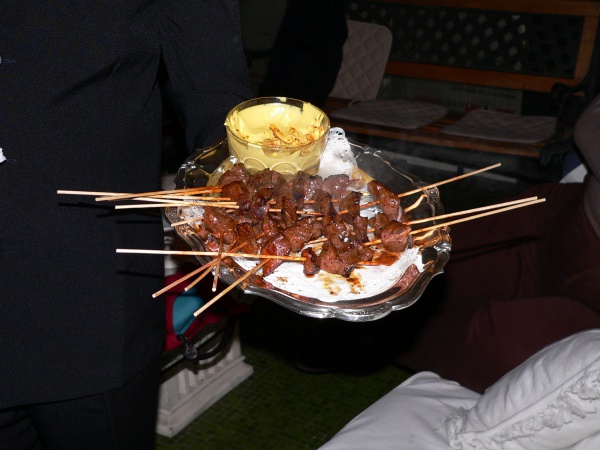Facts About Anticucho
Anticuchos are a cherished and affordable meat dish originating from the Andes during the pre-Columbian era, specifically in the Antisuyu region of Tawantinsuyu. Over time, particularly throughout the colonial period from the 16th to the 19th centuries, anticuchos evolved to become a staple in Peruvian cuisine. Today, these delicious skewers are easily found sold by street vendors and at food stalls known as anticucheras.
Typically, the meat for anticuchos is marinated in a mixture of vinegar and spices like cumin, ají pepper, and garlic. While they can be made with various types of meat, the most popular version features beef heart. Each skewer is usually accompanied by a boiled potato or a piece of bread.
The story of anticuchos dates back to the 16th century when Spanish conquistadors encountered the dish. They introduced European ingredients such as garlic and began using beef instead of the traditional llama meat. Anticuchos were a favorite in the Inca Empire and have since spread throughout South America. The name "anticuchos" likely originates from the Quechua language, meaning 'East cut' or 'porridge mix'. The Spanish also introduced the dish to enslaved Africans in Lima, who embraced it as well.
Traditional anticuchos are simple yet flavorful, featuring skewered pieces of beef grilled to perfection, often with vegetables and sausages. They are seasoned with salt, vinegar, or lemon juice and typically served with a garlic and cilantro sauce. In Peru, anticuchos are enjoyed by people from all walks of life. In Bolivia, they are made with heart meat, usually beef or chicken, and served with roasted potatoes and a peanut sauce.
In Peru, anticuchos hold a special place in traditional cuisine, especially popular during Independence Day celebrations in July. There are also smaller variations simply referred to as "meat skewers." Despite evolving over time, the dish has retained its traditional flavors and ingredients, particularly the use of beef heart. Anticuchos are usually not the main course but are served as a side dish, complementing other grilled meats and sides like choripanes, potatoes, sausages, and salads.

 Colombia
Colombia